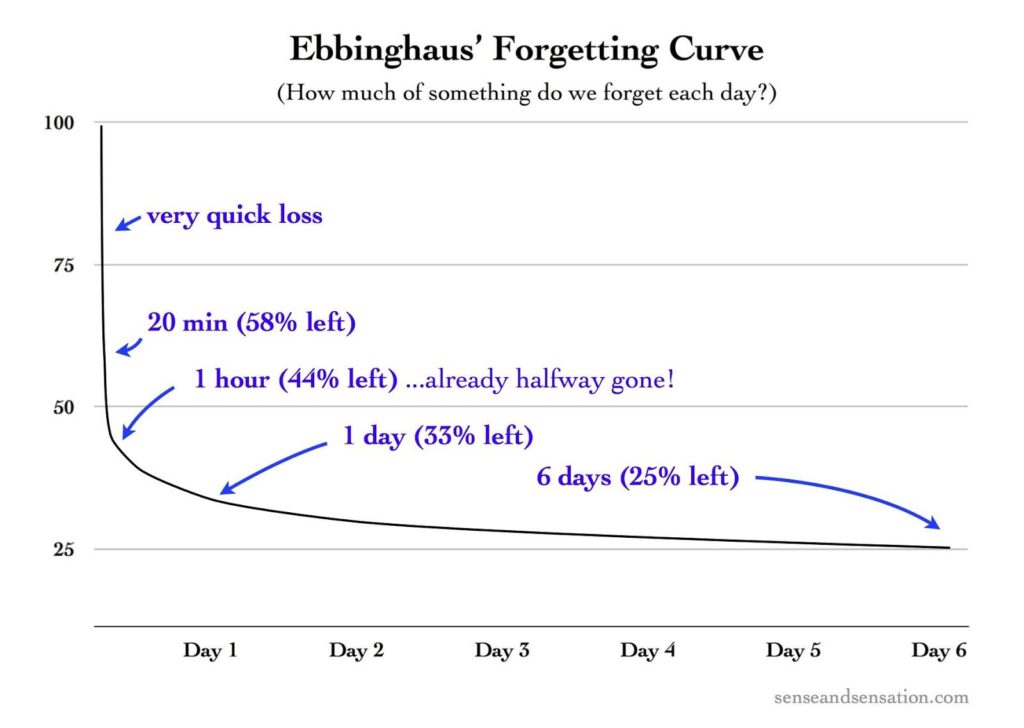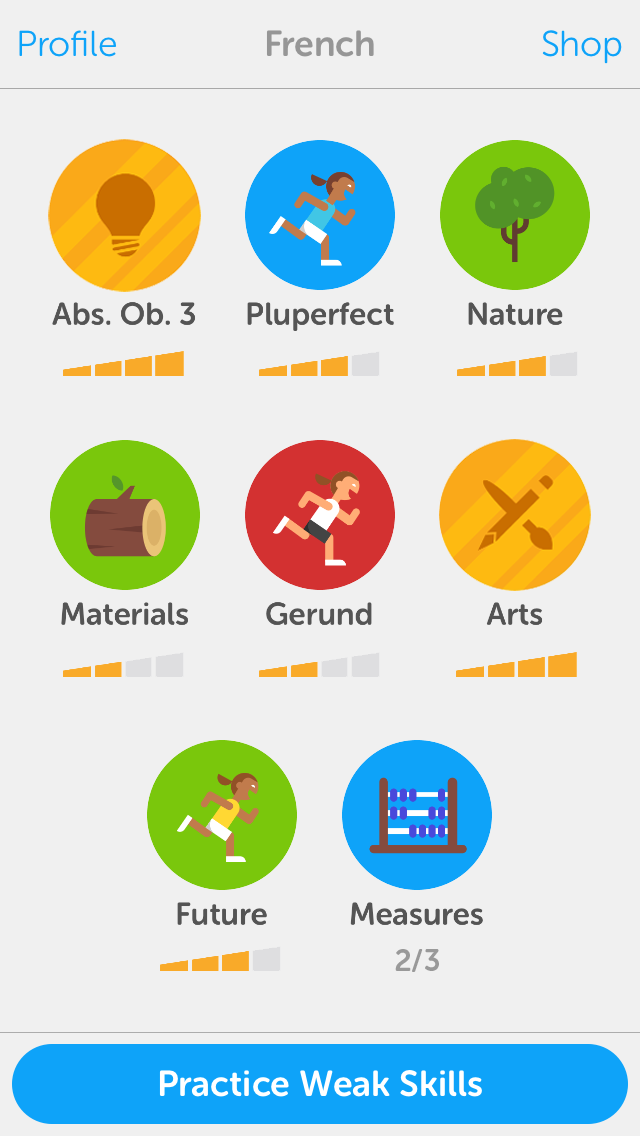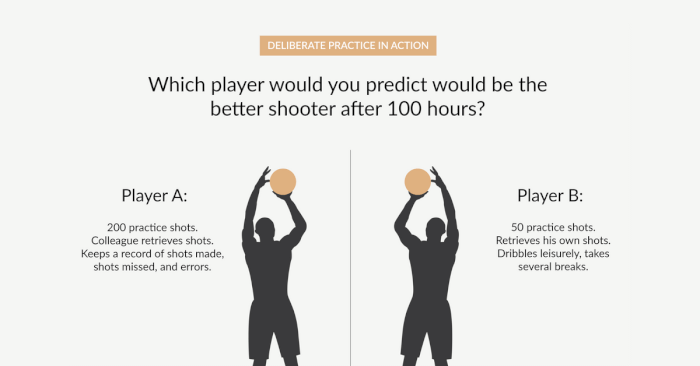The Value of Understanding Learning Science
The majority of Udemy course creators are not professionally trained course designers or certificated teachers. That’s both the opportunity and challenge of being a course creator and a student on the Udemy platform. Have an idea, a passion, an expertise? You can simply “teach” it on Udemy. Want to learn a new skill? You can simply “learn” it on Udemy.
Despite the ease of creating online courses through Udemy, teaching an online course that is effective and valuable to students on the Udemy platform is no easy task. It requires planning, thought and continuous improvement of content and teaching approaches.

We’ve written many articles giving tips on how to design a great Udemy course. Some of these have touched on more common components to course design such as “microlearning“. Others have delved a bit more deeply into pedagogical theory.
In this article, we’re going to bring you four pillars of pedagogical theory that might help you think of ways to improve your current or future online courses.
Have you ever considered as you were creating your course outline and content, how do people learn?
Have you ever asked yourself, “what do I need to know as a teacher in order to create a video course that supports learning and retention?”
Perhaps not.
If however, you are curious about the answers to these questions, read on.
Decades of research on human learning have produced a variety of theories for learning and subsequent recommended approaches to teaching.
In this article, we’ll be bringing you four pillars from the “science of learning” that you might consider incorporating into your course design and provide some suggestions for doing so.
These learning science pillars are identified methods of human learning based on psychological and neuroscientific factors that influence how well students acquire and retain knowledge.
Learning Science Pillars:
They four learning science pillars are:
- Transfer learning
- Recall (spaced repetition)
- Active learning
- Applied learning
Why are these learning theories important?
Udemy courses are essentially long video lessons – a form of passive, even rote, learning that essentially replaces reading text with watching videos.
Passive learning has long been proven by academic studies to be ineffective at encouraging knowledge retention and application to different purposes in real life. These four principles of learning underscore the idea that learning that requires active participation in the consumption of knowledge has far better learning, retention and performance outcomes.
So read on to find out how you might use some learning science to improve your course learning outcomes for students!
1. Transfer learning
Transfer learning is an approach to filling a skills gap by building on what a person already knows or what other people know.
This learning science pillar recognizes that most new concepts are variations, extensions, or combinations of what we already know. The goal of transfer learning is to enable learning that treats all new concepts as extensions of concepts already learned.
An important objective of the transfer learning approach is the acquisition of underlying concepts and skills that can be transferred to similar but new situations. An example of this is the acquisition of problem-solving skills. Once someone learns problem solving skills and approaches, these skills can then be applied, or “transferred”, to a variety of new situations.
What Udemy Instructors Can Do
When outlining the flow of your Udemy course and its course contents, it’s important to view your entire course as a continuous learning experience. So make sure that throughout your course, what you are teaching in any given lesson or module builds upon what has been already taught and internalized by your students previously.
Don’t just introduce new concepts in a new module without tying things back to something students already know. If you haven’t taught anything earlier on in your course that relates to the content of a specific module, then try to bring in other background knowledge that your students be familiar with and help then use that knowledge to apply what you are teaching them.
Basically, don’t design your course modules and lessons independent of one another or as if the material is meant for “rote learning”.
2. Recall (Spaced repetition)
Transfer learning cannot occur without the ability to recall information previously learned. The most common ways to learn new material is to sit in a classroom setting for a while listening to lectures and reading text. Periodically, a student’s recall of knowledge is tested to determine learning outcomes and skill development. However many course testing or quizzing methods don’t take into account the reality of the “forgetting curve”.
The Forgetting Curve Effect
The problem with this method of passive learning is what is called “The Forgetting Curve”. 19th century German psychologist Hermann Ebbinghaus studied the memory extensively, resulting in his discovery of “The Forgetting Curve.”
Ebbinghaus found that if new information learned isn’t used, or if a person makes no ongoing effort to retain it, they will forget about 75% of it after just six days.

Spaced Repetition
Ebbinghaus suggested that one way to reduce the impact of the Forgetting Curve is “spaced repetition” based on “active recall” (more on active recall later). The spaced repetition effect is the observation that people tend to remember information more effectively if they use short study periods spread out over time instead of cramming information into their heads in large doses all at once.
Ebbinghaus also found that information is easier to recall when it is built upon concepts that you already know. Therefore transfer learning is enhanced when combined with spaced repetition.
Since Ebbinghaus’s initial discoveries, many cognitive scientists have validated the theory that spaced repetition is key to recalling information learned, and hence not forgetting it over the long term.
The benefits of this Learning science Pillar include:
1. Practice is more effective when spaced out over time, instead of massed or grouped together (equating total practice time).
2. Spaced practice enhances memory, problem solving, and transfer of learning to new contexts.
3. Spaced practice offers great potential for improving learners’ educational outcomes.
What Udemy Instructors Can Do
Watching videos is akin to passive learning, where the forgetting curve reigns. Consider, especially if you have a very long course, don’t you want your students to finish your course recalling most of what you told them months later?
Incorporate “spaced repetition” exercises that make your students actively recall information that you have conveyed to them. This can be in the form of quizzes, simple questions, and other exercises that force students to recall something taught, not just in the current module, but previously in other lessons and modules. And do this not just once, but many times spaced throughout your course.

Want a great example of a spaced repetition recall learning method? Checkout the Duolingo App.
Spaced repetition and active recall of previously learned terms is a key component of the learning model. Over time, the strength of a student’s knowledge of language will decay in their long term memory. Duolingo uses a data model to assess the student’s memory strength of words and phrases and depicts the relative retention of concepts with a strength meter. The meters represent the average probability that the student can, at any moment, correctly recall a random target word/phrase from any of the previous lessons.
3. Active Learning
Active learning refers to both “active recall” and “active retrieval”. The principal behind active learning is that learning is deeper and more durable when it requires effort.
Active Recall
Active recall is a principle of learning which suggests there is a need to actively stimulate memory during the learning process. Active recall contrasts with passive review methods of learning, in which the learning material is processed passively, for example by reading and reviewing text, watching or listening to a teacher.
A key component of active recall is information “retrieval”.
Active Retrieval
Active retrieval refers to learning techniques whereby the learner looks at some information and then tests their knowledge either through free-recall or guided recall to see how much they can remember. Flash cards are an example of active retrieval practice.
Typical teaching relies heavily on learning activities that are lengthy and passive in nature. (i.e. seminars and lectures). Often testing of knowledge retained after these learning activities either does not happen at all, or happens once at the end of a lengthy and passive learning period.
However, in addition to evaluating learning at the end of a course, tests can also be used to enhance learning and retention throughout a course by supporting active retrieval. Practicing retrieval (testing) of information makes learning stick far better than re-exposure to the original material through reviewing or re-watching a video does.
In fact, numerous academic studies show that situations which require learners to actively practice retrieving and reconstructing knowledge (i.e. in the form of “low stakes tests”) increases long term retention of information learned and boosts test performance by up to 25%.
A key benefit of active retrieval through testing is that somewhat difficult learning is desirable because the brain better encodes and consolidates learning when it requires some effort. If the brain must actively work to retrieve slightly difficult information, learning is strengthened through mental representations that are associated with retrieval and making connections.
A further benefit of active retrieval through testing is making errors. Studies have found that if students make errors while retrieving information it improves their learning of materials. One reason for this could be that by participating in frequent quizzes and active retrieval exercises learners who make mistakes don’t fall into the trap of “the illusion of knowing” – the belief that having read, reread and extensively studied material (or watched many videos), one will retain and be able to readily apply the knowledge in a testing or real life situation.
What Udemy Instructors Can Do
Many Udemy instructors already incorporate quizzes into their courses to a certain extent. Try to do this more frequently than not, even if it’s just a simple question after each lesson. Try also to incorporate other forms of active retrieval of material you have taught, such as links to flash card games and other external quizzes.
You can also pause in your video periodically to ask students a question and encourage then to seek out the answer in your lessons. Another idea would be to ask periodically for students to try doing a brain dump – writing down everything they recall about a certain topic, or, simply encourage them to write down two things they recall at the end of a lesson or module.
4. Applied Learning
Applied learning refers to the concept of “practice how you play and you’ll play how you practice” – something that pro golfers use to hone their skills. It’s based on the concept of “deliberate practice”.

Deliberate practice is a kind of practice that is purposeful and systematic. It requires focused attention and has the goal of improving performance.
This kind of practice contrasts with common practice techniques which are repetitive, passive and/or which reward rote memorization.
Therefore, practice, in the form of applied learning focuses not only on how to remember information, but also on how to apply, analyze, and synthesize the learned concepts.
Furthermore, applied learning is just what it sounds like. It involves the direct application of skills and learned materials to a real-world setting that provides feedback. In the case of pro-golfers, applied learning would be a practice round of golf before a big competition, during which the golfer notes distances, slopes, obstacles, etc. and plans his course of play.
These learning science pillars are the best way to demonstrate that a learner has mastered knowledge and skills.
What Udemy Instructors Can Do
Quite simply, give students an opportunity to practice what you are teaching. Provide real world projects, challenges or links to simulations.
Encourage students to be mindful about whatever practice exercises and projects they are working on and to focus on learning objectives while practicing.
Summary
Udemy is a largely passive learning platform. To improve learner outcomes, instructors should consider incorporating active learning science pillars into their course design and delivery.
Specifically the four learning science pillars of transfer learning, recall/spaced repetition, active learning, and applied learning collectively contribute to a more active and productive learning experience that speeds the rate of retention and allows students to progress more quickly in their learning journey.

